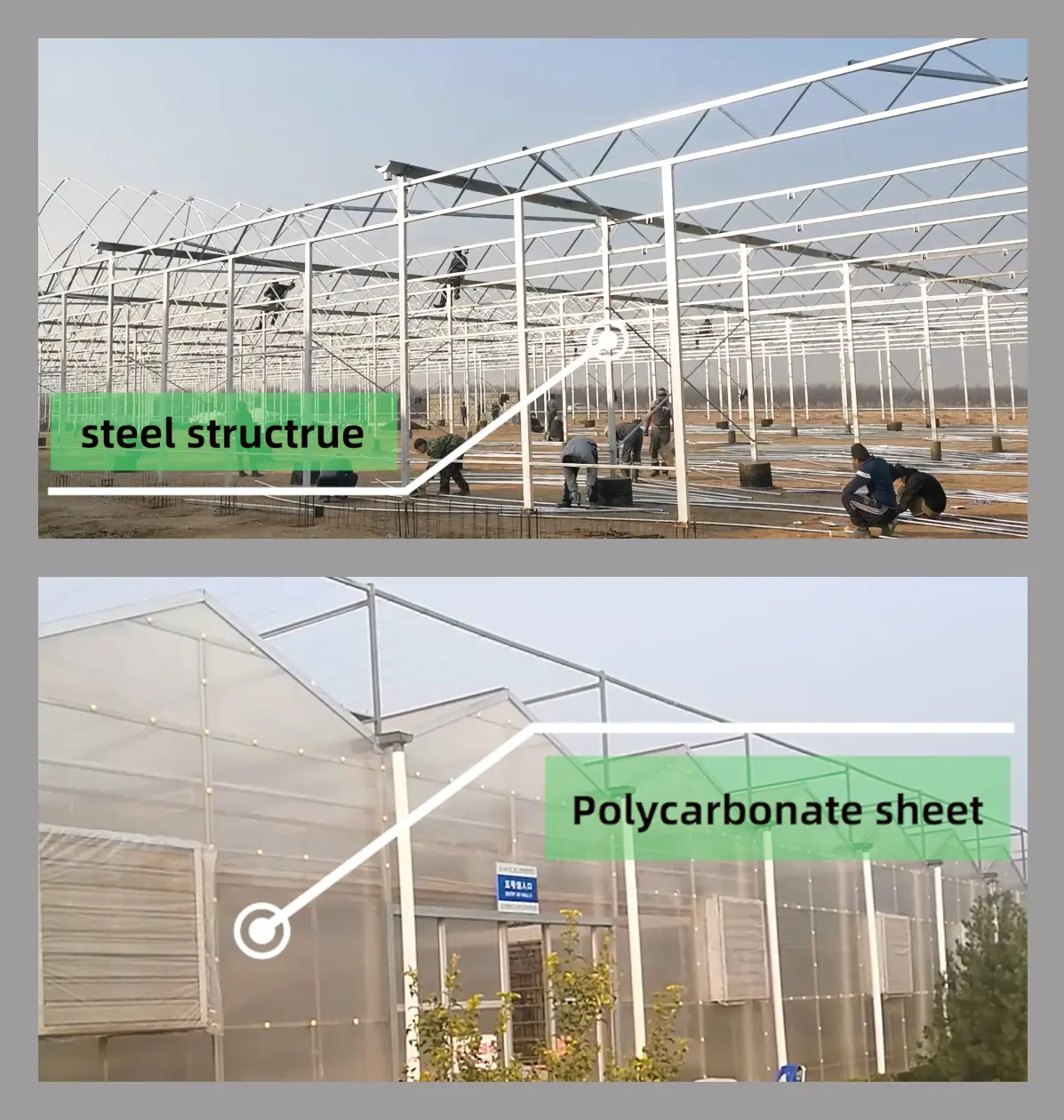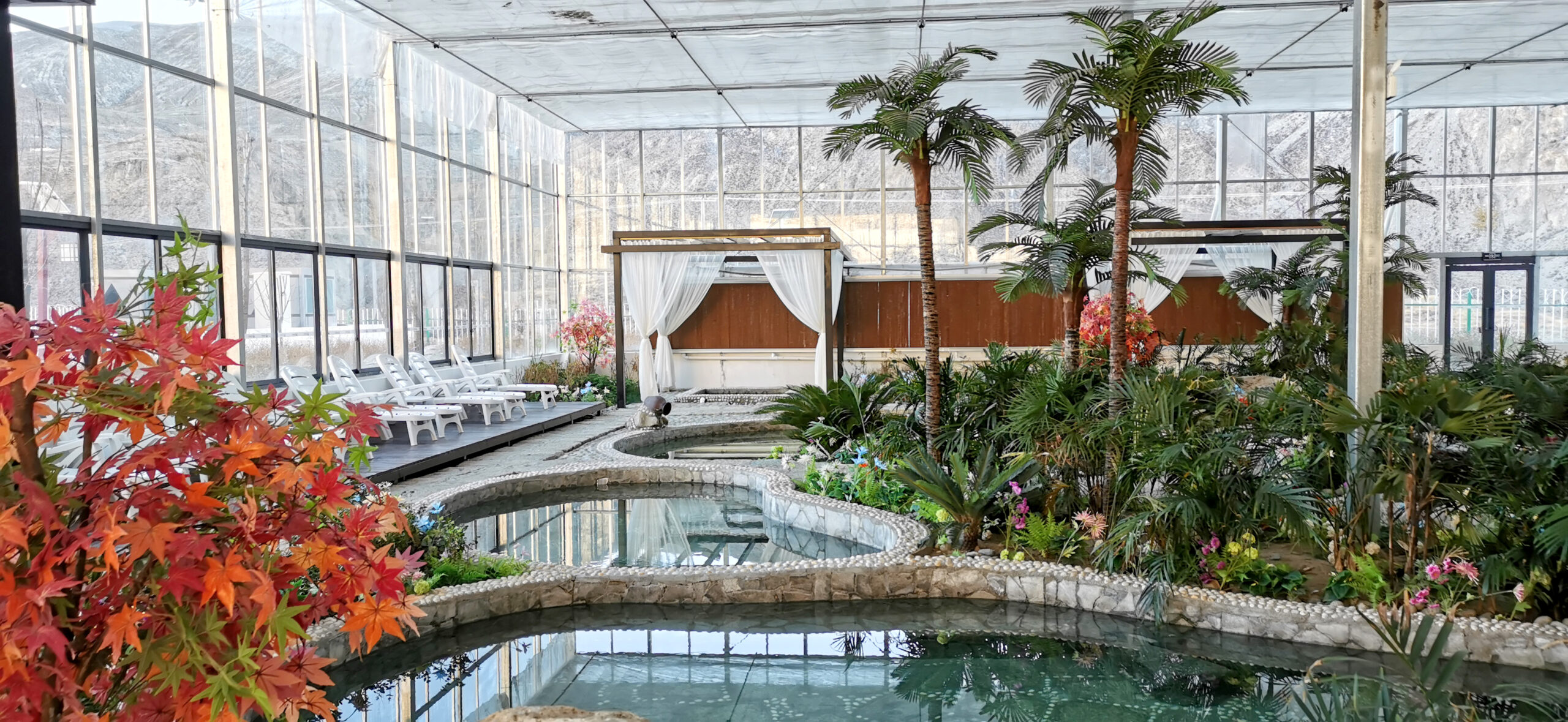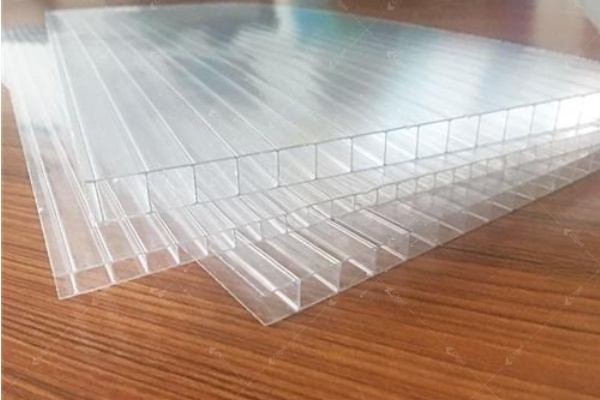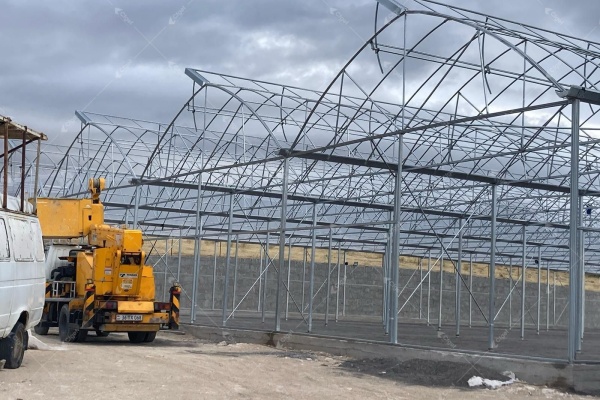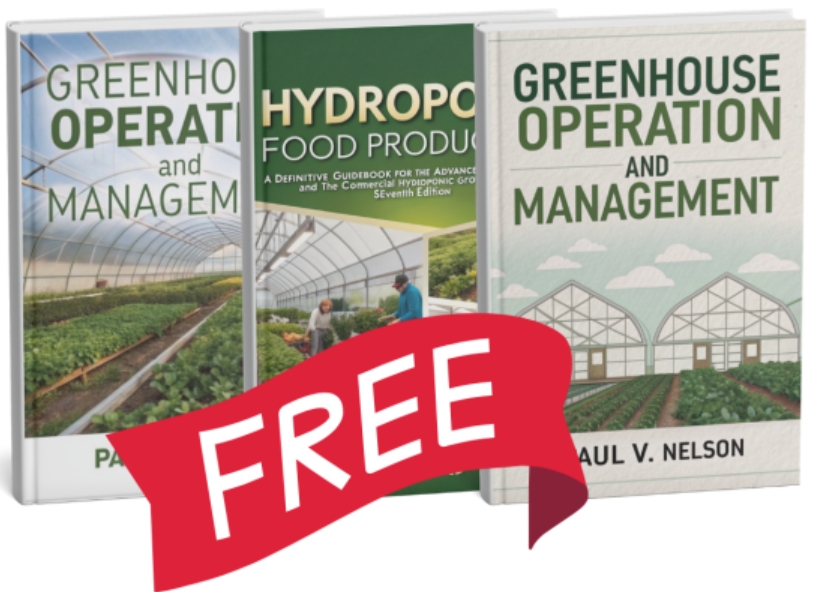Many growers rush into greenhouse investments without proper planning, wasting thousands of dollars on inefficient structures. I’ve seen businesses fail because they chose the wrong setup for their climate, crops, and business goals.
Setting up a successful commercial greenhouse requires careful economic analysis, appropriate structure selection, and integrated systems planning. The process should start with ROI calculations, consider local climate conditions, select suitable crops, and implement essential systems that work together to create optimal growing environments.
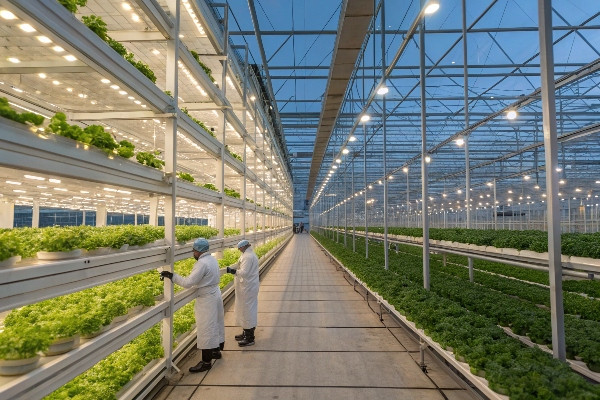
After 28 years in the greenhouse industry, I’ve helped hundreds of growers transform their agricultural dreams into profitable realities. But I’ve also witnessed many costly mistakes that could have been avoided with proper planning. The difference between thriving and struggling greenhouse operations often comes down to decisions made before construction even begins. Let me share what I’ve learned about creating successful commercial greenhouse operations.
Don’t Miss:——Commercial Hydroponic Greenhouse Systems: How Do Design, Construction, and ROI Interconnect?
You might like:——What is a Smart Greenhouse? The Ultimate Guide to Automated Growing
What Key Factors Should You Consider Before Building a Commercial Greenhouse?
Many growers jump into greenhouse construction without analyzing if their chosen crops can generate enough profit to justify the investment. I’ve seen operations struggle for years because this critical evaluation was skipped.
Before building a commercial greenhouse, evaluate crop economic value, calculate investment returns, assess climate challenges, analyze market demand, and determine optimal size. These factors directly impact technology selection, structure design, and ultimately the profitability of your operation.
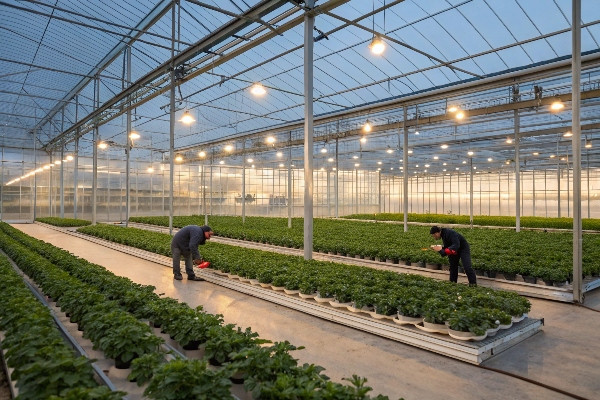
The most common mistake I see after decades in this industry is focusing on the greenhouse structure before establishing the economic fundamentals. I remember working with a client in Vietnam who was ready to invest $500,000 in a high-tech greenhouse for growing leafy greens. When we ran the numbers together, we discovered the local market couldn’t support the premium prices needed to recover his investment. By shifting to a different crop mix and adjusting his technology choices, we developed a plan that required 30% less initial investment while projecting better returns.
Economic analysis must come first. Start by researching the market value of your intended crops and realistic yield expectations. This allows you to work backward to determine what level of investment makes sense. For instance, if local tomato prices average $1.50/kg and your expected yield is 40kg/m²/year, a 5,000m² greenhouse could generate $300,000 in annual revenue. Against this figure, you can evaluate whether a $600,000 investment with $150,000 in annual operating costs makes financial sense.
Climate considerations vary dramatically across regions. In Southeast Asia, managing excess heat and humidity is often the primary challenge, requiring different solutions than greenhouses in Central Asia that must withstand temperature extremes and heavy snow loads. Your greenhouse design must address these specific challenges to maintain optimal growing conditions year-round. I’ve worked with growers in Malaysia who initially selected greenhouse designs better suited for European climates, resulting in overheating issues that severely impacted crop quality.
Labor availability and costs should influence your technology choices. In regions with rising labor costs or workforce shortages, automation of key processes like irrigation, climate control, and even harvesting can deliver strong returns on investment. One of our clients in Thailand reduced labor requirements by 40% after implementing automated irrigation and climate control systems, improving both profitability and production consistency.
Market access considerations include transportation infrastructure, distance to buyers, and packaging requirements. Greenhouse operations producing for export face different challenges than those serving local markets. This influences not just crop selection but also harvest timing, post-harvest handling systems, and even greenhouse location. I helped a grower in Indonesia relocate their planned greenhouse 30km closer to their primary market, reducing transportation costs enough to significantly improve their projected ROI.
Scale optimization requires balancing efficiency with investment constraints. Economies of scale in commercial greenhouse operations typically begin around 5,000m² for most crops, where the cost of essential systems can be distributed across sufficient production area. However, starting smaller with expansion plans can be prudent if capital is limited. I generally advise clients to secure land that allows for at least doubling their initial greenhouse area to accommodate future growth.
ROI Analysis Framework
| Factor | Calculation Method | Example |
|---|---|---|
| Capital Investment | Structure + Systems + Land Preparation | $800,000 |
| Annual Operating Costs | Labor + Utilities + Inputs + Maintenance | $200,000 |
| Annual Production | Yield per m² × Total Area | 35kg/m² × 10,000m² = 350,000kg |
| Annual Revenue | Production × Average Price | 350,000kg × $2.00 = $700,000 |
| Annual Profit | Revenue – Operating Costs | $700,000 – $200,000 = $500,000 |
| Simple Payback Period | Capital Investment ÷ Annual Profit | $800,000 ÷ $500,000 = 1.6 years |
How to Choose the Right Structure and Glazing for Commercial Operations?
Selecting an inappropriate greenhouse structure wastes money and creates ongoing operational challenges. I’ve seen growers struggle with excessive heating costs, crop damage, and structural failures because they chose designs poorly suited to their climate and crops.
Commercial greenhouse structures should match your climate conditions, crop requirements, and budget constraints. In high-light regions, consider Venlo or wide-span designs with diffused glazing. For extreme weather areas, select Gothic arch or A-frame structures with durable materials like polycarbonate or reinforced film.
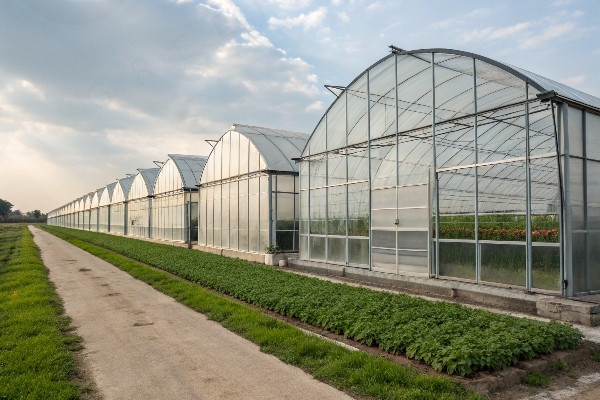
The greenhouse structure is the foundation of your growing operation, and getting it right is critical to long-term success. Last year, I consulted with a grower in the Philippines who had invested in a beautiful glass greenhouse based on European designs. Within six months, they were struggling with overheating issues and excessive energy costs for cooling. By retrofitting with different glazing materials and improved ventilation, we salvaged the operation, but at considerable additional expense that could have been avoided with proper initial design.
Venlo-style greenhouses remain popular for commercial operations due to their excellent light transmission, standardized construction, and proven performance. These structures feature a series of small, pitched roofs typically glazed with glass, providing excellent year-round growing conditions when properly equipped. They’re particularly well-suited for light-sensitive, high-value crops like tomatoes, peppers, and cucumbers. However, their performance in extreme climates requires careful adaptation. For our clients in tropical regions, we often modify traditional Venlo designs with higher roof peaks, additional ventilation, and sometimes alternative glazing materials to manage heat and humidity.
Wide-span or multi-span structures offer more interior space without support columns, making them ideal for mechanized operations and crops requiring vertical space. These designs can span 8-12 meters between supports, creating unobstructed growing areas. This advantage comes with higher structural steel requirements and costs, but can improve operational efficiency for certain crops and growing systems. One of our clients in Cambodia switched from traditional greenhouse rows to a wide-span design for their ornamental plant operation, allowing them to incorporate automated transport systems that reduced labor costs by 25%.
Gothic arch or A-frame greenhouses provide better snow and wind load capacity, making them suitable for regions with extreme weather. The steeper roof pitch sheds snow more effectively and offers better structural integrity against wind pressure. We recently completed a project in Kazakhstan using reinforced Gothic arch structures that successfully withstood both heavy snow loads and wind speeds exceeding 100 km/h while maintaining production throughout harsh winter conditions.
Glazing selection is equally important as the structural design and must be matched to both climate conditions and crop requirements. Glass offers excellent light transmission (up to 95%) and longevity but comes with higher costs and heating challenges in cold climates. Many of our European clients prefer diffused glass panels that spread light more evenly throughout the greenhouse, reducing hot spots and shadow patterns that can affect crop uniformity.
Polycarbonate panels provide better insulation with R-values up to three times higher than single-layer glass, making them energy-efficient choices for cooler climates. Available in twin-wall, triple-wall, and even five-wall configurations, these materials offer varying balances of light transmission and insulation value. They’re also more impact-resistant than glass, which is valuable in hail-prone regions. One grower in northern China reduced their heating costs by 40% after switching from single-layer glass to twin-wall polycarbonate, achieving payback on the renovation within two growing seasons.
Polyethylene films offer the most economical covering option and have improved significantly in recent years. Multi-layer films can now provide specialized properties like light diffusion, infrared retention for better heat management, and anti-condensation treatments. While their 3-5 year lifespan means regular replacement, the lower initial cost makes them attractive for operations with limited capital or in regions where seasonal use is common. We helped a flower grower in Vietnam implement a cost-effective double-layer polyethylene system with inflation fans that provided improved insulation at one-third the cost of rigid panel alternatives.
Glazing Material Comparison
| Material | Light Transmission | Insulation Value | Lifespan | Initial Cost | Best Applications |
|---|---|---|---|---|---|
| Glass | 90-95% | Low-Medium | 25+ years | High | High-value crops, temperate climates |
| Polycarbonate | 80-90% | Medium-High | 10-15 years | Medium | Cold climates, energy-conscious operations |
| Polyethylene Film | 80-90% | Low (single), Medium (double) | 3-5 years | Low | Budget operations, mild climates, seasonal production |
What Essential Systems Are Needed for a Productive Commercial Greenhouse?
Inadequate environmental control leads to reduced yields, inconsistent quality, and crop losses. Many growers underestimate the complexity of maintaining optimal growing conditions throughout changing seasons and weather patterns.
Productive commercial greenhouses require integrated heating, cooling, irrigation, and environmental control systems tailored to your specific crops and climate. Modern operations need precise temperature management, efficient water delivery, humidity control, and often CO2 enrichment to maximize yields and quality.

The systems you install are the heart and lungs of your greenhouse operation, determining how effectively you can create and maintain ideal growing conditions. I visited a tomato greenhouse in Thailand last year where the owner had invested in a beautiful structure but underspent on environmental controls. During the monsoon season, they couldn’t manage humidity levels properly, resulting in severe disease pressure that reduced marketable yield by nearly 60%. After upgrading their ventilation and dehumidification systems, they achieved much more consistent production even during challenging weather conditions.
Heating systems vary widely depending on climate requirements and available energy sources. Hot water systems distribute heat evenly and can utilize various fuel sources including natural gas, propane, biomass, or even waste heat from industrial processes. For operations in colder climates, proper heating design is critical – undersized systems can’t maintain target temperatures during extreme conditions, while oversized systems waste capital and operating expenses. We helped a client in northern Kazakhstan implement a biomass heating system using locally available agricultural waste, reducing their heating costs by 65% compared to fossil fuel alternatives while improving their sustainability profile.
Cooling strategies are particularly important for greenhouses in warm climates where heat management is a year-round challenge. Natural ventilation through roof vents and sidewall openings provides basic cooling but must be properly sized – I typically recommend ventilation capacity equal to at least 25% of the floor area. Mechanical cooling options include fan and pad evaporative systems, high-pressure fogging, and in extreme cases, mechanical refrigeration. For a recent project in Malaysia, we implemented a hybrid cooling approach combining natural ventilation, shade systems, and high-pressure fogging that maintained temperatures below critical thresholds even during the hottest periods while using 40% less energy than conventional cooling solutions.
Irrigation systems must deliver precise amounts of water and nutrients while minimizing labor requirements. Drip irrigation has become the standard for most commercial crops, providing water directly to the root zone and reducing disease pressure by keeping foliage dry. More advanced systems include precision fertigation that adjusts nutrient delivery based on crop stage, weather conditions, and even real-time plant monitoring data. For substrate-grown crops like tomatoes and peppers, recirculating systems can reduce water usage by 40-70% while improving nutrient management. One of our clients in Spain implemented such a system and not only reduced their water consumption but also lowered their fertilizer costs by 30% due to more efficient nutrient delivery and recovery.
Environmental control integration through computerized systems represents the brain of modern commercial greenhouses. These systems monitor environmental parameters through sensor networks and automatically adjust heating, cooling, irrigation, and supplemental lighting to maintain ideal conditions. While the initial investment can be significant, the return comes through improved crop performance, resource efficiency, and labor savings. I worked with a cucumber grower in Vietnam who upgraded from manual controls to an integrated system and saw yield increases of 25% in the first year due to more consistent growing conditions, particularly during transition seasons when manual adjustments often lag behind changing weather patterns.
Carbon dioxide enrichment has become standard practice in many sealed or semi-sealed greenhouses, particularly for high-value crops. Plants can utilize CO2 concentrations of 800-1200 ppm (compared to ambient levels around 400 ppm) to enhance photosynthesis and productivity. Delivery methods include pure CO2 from tanks or liquid sources, CO2 generators that burn natural gas or propane, and in some cases, capture from heating system exhaust. The economics depend on crop value and facility design – fully sealed greenhouses maintain CO2 levels more efficiently but require more intensive cooling systems. A rose grower in Ecuador who implemented CO2 enrichment reported not only higher production but also improved stem strength and vase life, allowing them to command premium prices in export markets.
Environmental Control Parameters by Crop Type
| Crop | Day Temperature | Night Temperature | Humidity Range | CO2 Level | Irrigation Frequency |
|---|---|---|---|---|---|
| Tomatoes | 21-27°C | 16-18°C | 60-80% | 800-1000 ppm | Moderate, consistent |
| Leafy Greens | 18-24°C | 13-16°C | 70-90% | 800-1200 ppm | Frequent, light |
| Roses | 20-25°C | 15-18°C | 60-70% | 800-1000 ppm | Moderate, deep |
| Strawberries | 18-22°C | 10-13°C | 65-75% | 800-1200 ppm | Frequent, precise |
What Should Be on Your Commercial Greenhouse Site Selection and Preparation Checklist?
Poor site selection creates ongoing operational challenges that no amount of technology can fully overcome. I’ve seen greenhouses built in locations with inadequate water supply, frequent flooding, or excessive shading that severely limited their productivity.
Proper greenhouse site selection requires evaluating water availability, sun exposure, topography, soil conditions, accessibility, and utilities access. Site preparation must address drainage, grading, foundation requirements, and infrastructure connections to ensure long-term operational success.

Site selection is a decision you’ll live with for the lifetime of your greenhouse operation. Several years ago, I consulted with a grower who had purchased land for a greenhouse at what seemed like a bargain price. Only after construction began did they discover poor drainage conditions that required over $100,000 in additional site work to address. Had they conducted proper site assessment before purchasing, they could have avoided these unexpected costs or negotiated a more appropriate price.
Water availability and quality must be your first consideration. Commercial greenhouses typically require 2-3 liters of water per square meter daily, with requirements increasing to 5-7 liters during peak summer conditions. Both quantity and quality matter – irrigation water with high salinity or specific contaminants can severely impact crop performance. We always recommend comprehensive water testing before finalizing site selection. For a project in Indonesia, we discovered water with elevated sodium levels that would have damaged sensitive crops, leading us to incorporate reverse osmosis treatment into the project design to ensure water quality suitable for their high-value vegetables.
Solar exposure determines the natural light available to your crops throughout the year. Ideal greenhouse sites receive unobstructed sunlight, particularly during winter months when light levels are already limited. Avoid locations with shade from nearby buildings, trees, or geographical features, especially on the southern exposure in the northern hemisphere. Using sun path analysis tools, we helped a client in Central Asia position their greenhouse to maximize winter light exposure while optimizing orientation for natural ventilation during summer months.
Topography affects both construction costs and ongoing operations. Gentle slopes (1-2%) can provide natural drainage advantages, while flat sites may require more extensive drainage systems. Sites requiring extensive cut-and-fill work significantly increase initial costs. For a project in mountainous terrain in Europe, we designed a terraced greenhouse complex that worked with the natural topography1 rather than against it, reducing earthwork costs by over 40% compared to conventional approaches while creating natural drainage patterns that minimized erosion risks.
Accessibility considerations include proximity to markets, availability of labor, and transportation infrastructure. Greenhouse operations generate regular traffic for input deliveries, product shipments, and workforce access. Roads must support heavy vehicles in all weather conditions, and proximity to major transportation routes can significantly impact operational costs. One client in Southeast Asia relocated their planned greenhouse 25km closer to their primary market, reducing transportation costs enough to improve their annual profitability projections by nearly 15%.
Utilities access includes electricity, natural gas or propane, and telecommunications infrastructure. Modern commercial greenhouses have substantial power requirements for lighting, pumps, fans, and control systems. Three-phase power is often necessary for larger motors, and backup power systems are essential in regions with unreliable electricity supply. We helped a client in a rural area of Thailand implement a hybrid solar power system with battery storage and generator backup that reduced their operating costs while providing the reliability needed for critical greenhouse systems.
Legal and regulatory considerations vary widely by location but can significantly impact greenhouse operations. Zoning regulations, building permits, water rights, environmental impact assessments, and labor regulations all affect both initial development and ongoing operations. For international projects, we always partner with local experts to navigate these requirements. In one European project, early engagement with regulatory authorities allowed us to adapt designs to satisfy local requirements without compromising operational efficiency, avoiding potential delays that would have impacted a critical planting window.
Site Preparation Checklist
| Preparation Task | Specifications | Importance |
|---|---|---|
| Soil Testing | Composition, drainage, contamination | Critical for foundation design and potential field production |
| Land Clearing | Vegetation removal, topsoil preservation | Necessary for construction access and greenhouse positioning |
| Grading | 1-2% slope for drainage, level greenhouse pads | Prevents water pooling and structural issues |
| Drainage Systems | Perimeter ditches, French drains, retention ponds | Protects investment from water damage and flooding |
| Access Roads | All-weather surfaces, sufficient width for delivery trucks | Ensures year-round operational access |
| Utilities Installation | Water lines, electrical service, communications | Required before construction begins |
| Security Measures | Fencing, lighting, potentially monitoring systems | Protects valuable crops and equipment |
Conclusion
Setting up a successful commercial greenhouse requires thorough economic analysis, appropriate structure selection, integrated systems design, and careful site preparation. By focusing on crop value, climate adaptation, and operational efficiency, you can create a productive and profitable growing operation.
Topography influences costs and operations. Learn how to choose the best site based on land features for your greenhouse. ↩
